The University of North Carolina at Chapel Hill – Roper Hall
The S/L/A/M Collaborative and Flad collaborated to design Roper Hall at the University of North Carolina as an innovative School of Medicine building, focusing on active learning with interactive facilities and student well-being enhancements.
The rise of aging populations across the United States and in North Carolina has led to urgent efforts to fuel the student to physician pipeline. For one of the top leading medical schools in the U.S., the University of North Carolina at Chapel Hill, turned to The S/L/A/M Collaborative (SLAM) and Flad to design Roper Hall, a new School of Medicine Building that enables the School to train the next generation of physicians through dynamic and active forms of learning.
Surrounded by health science research facilities, Roper Hall at the UNC-Chapel Hill campus is a centralized education space for the School of Medicine.
SLAM delivered on the school’s vision for a more interactive curriculum that centered on active learning. Bringing this to life, a unique design strategy was implemented that eliminated all lecture spaces from Roper Hall. Now, 16 seminar rooms, 6 medium size classrooms, and an active learning theater caters to the school’s active learning curriculum.
The active learning theater, the crown jewel of the building, can hold up to 240 people and be adapted for a variety of team-based active learning programs. Doubling as an event space, it has become the primary location for the school’s annual Match Day, a monumental milestone where students are paired for their residency programs, sending them off to support patients across the country.
Furthering the school’s active learning curriculum, SLAM designed multiple simulation labs and a clinical skills center for inter-professional training. The simulation labs include large operating rooms and patient care bays with video monitoring to track student progress.
Collaborative high-tech simulation spaces create opportunities for medical students to develop operating and examination techniques.
Focus group sessions with over 50 students as well as dedicated committees, informed the programming across the 8-floor building. This approach directly led to the creation of unique spaces like the medical student commons, a co-designed space for students to find a home away from home on campus. On any day, the space is used for studying, socializing, or relaxing in between classes.
Based on student feedback, the team also incorporated a café as well as a fitness center, enriching the student experience with a comprehensive approach to well-being.
Design: Flad
Co-Interior Architecture: Flad and The S/L/A/M Collaborative
Medical Education Programming and Planning: The S/L/A/M Collaborative
Photography: Edward Caruso Photography

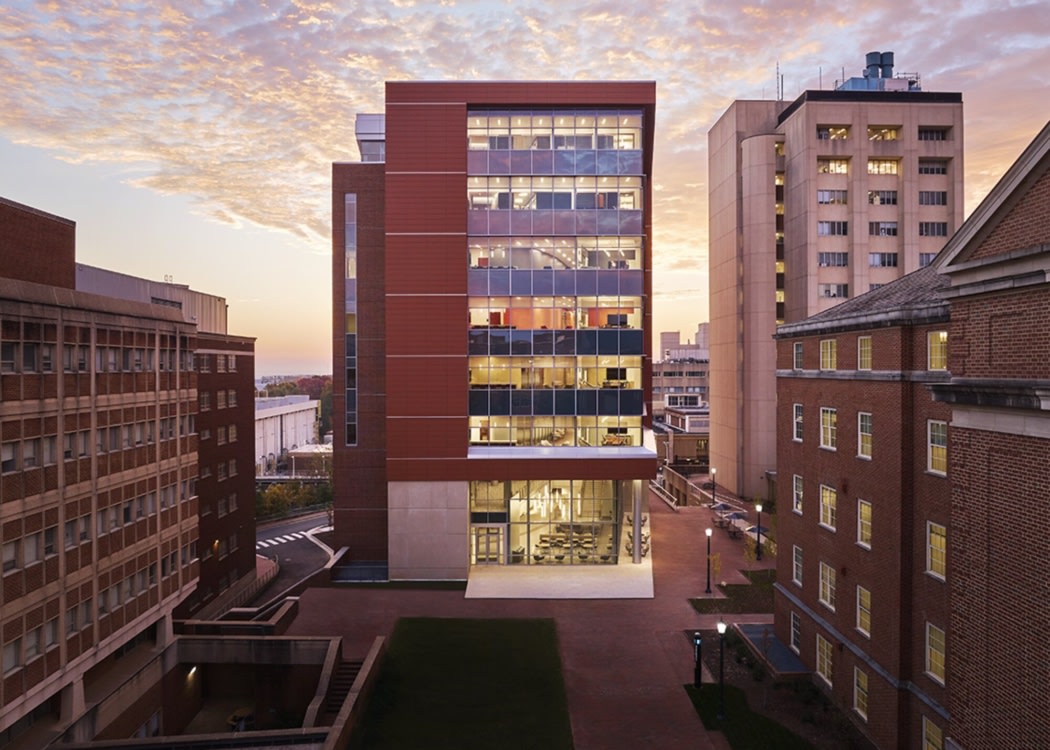
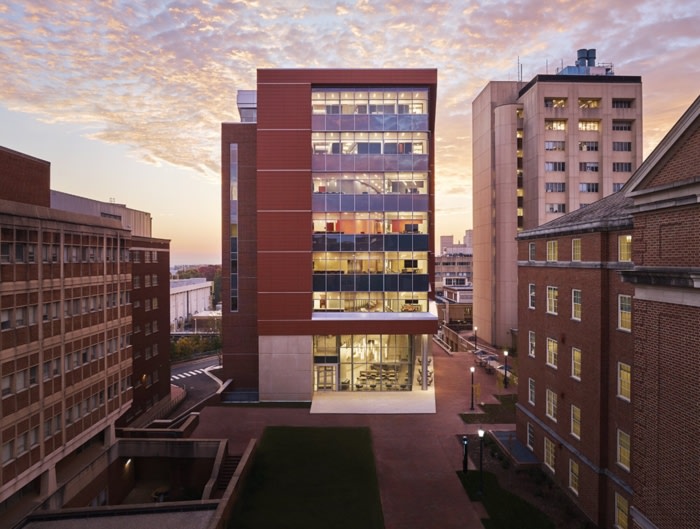
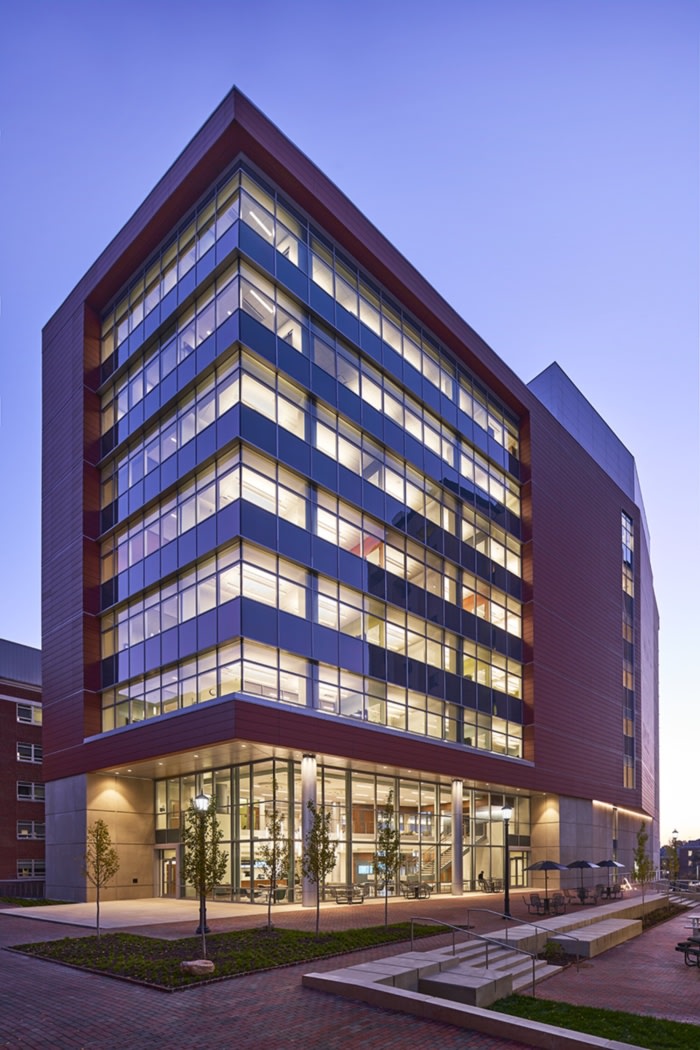
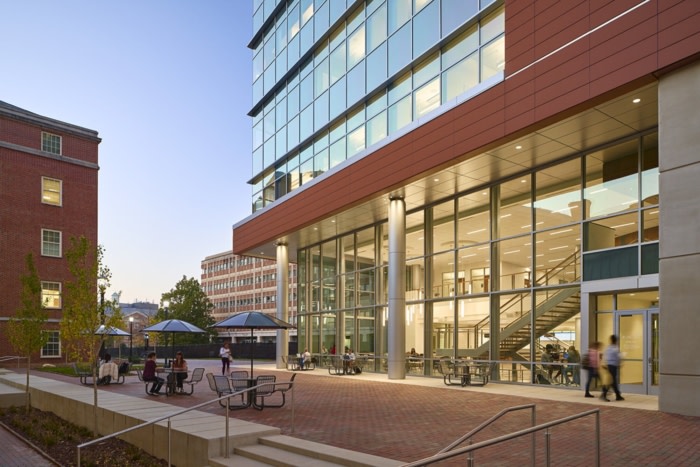
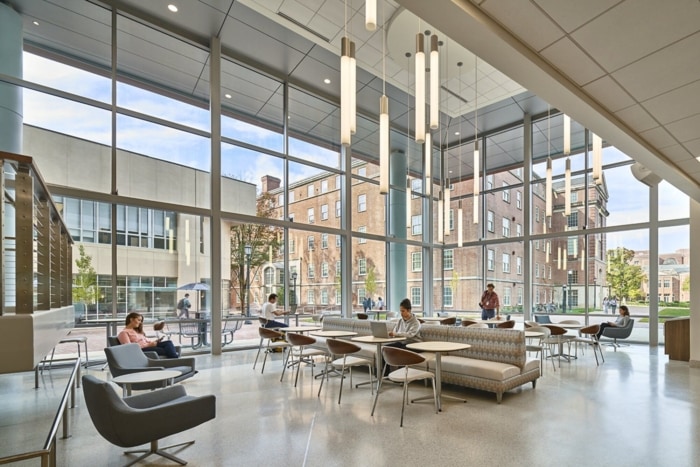
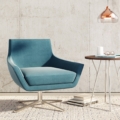
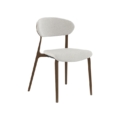

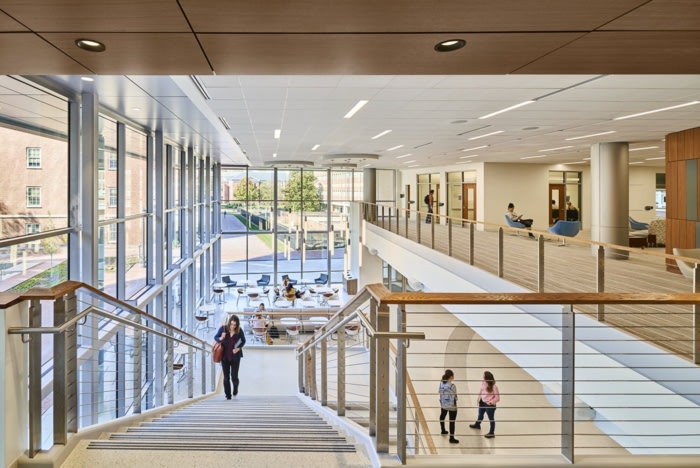

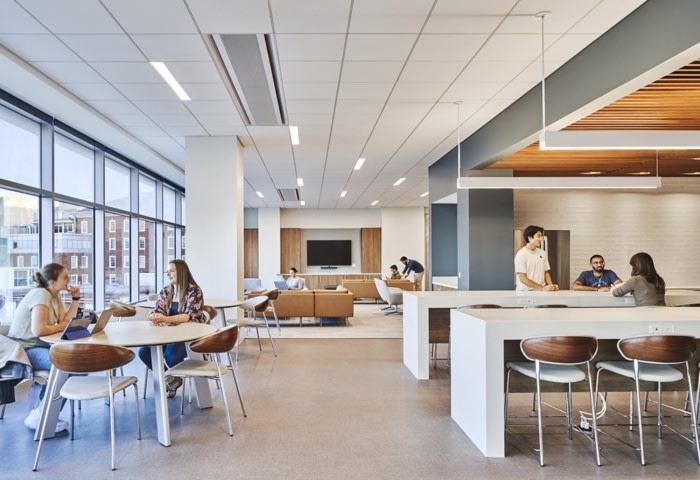
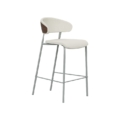
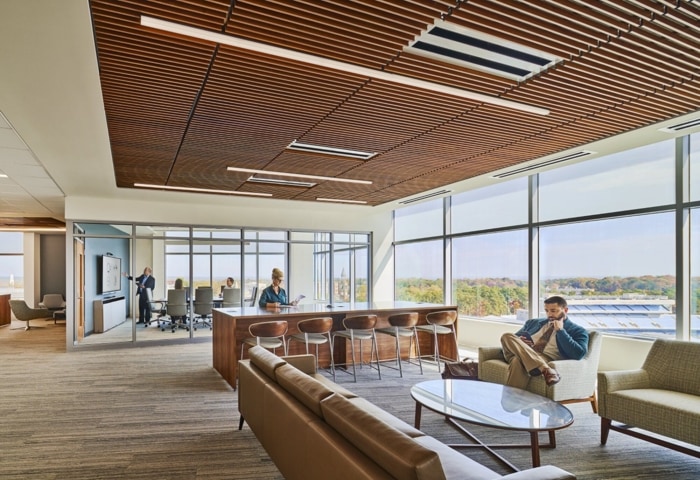
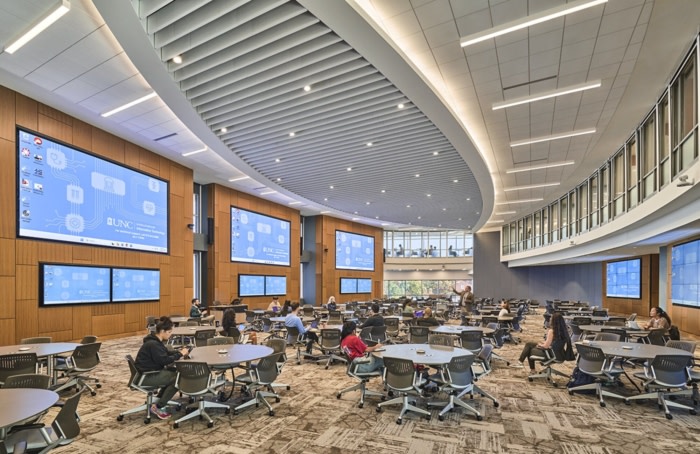
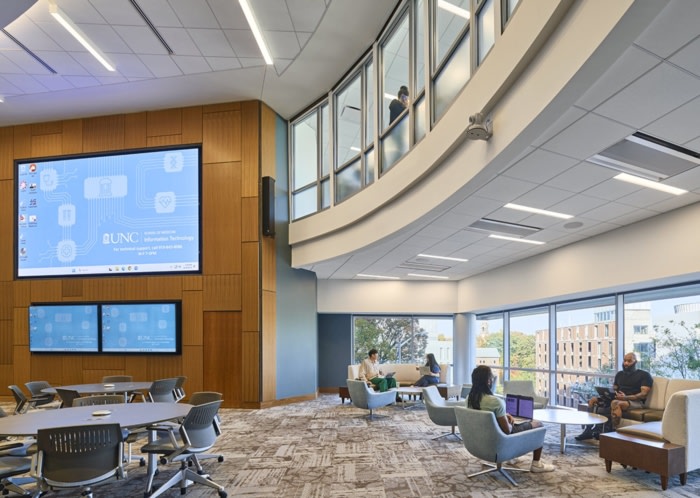
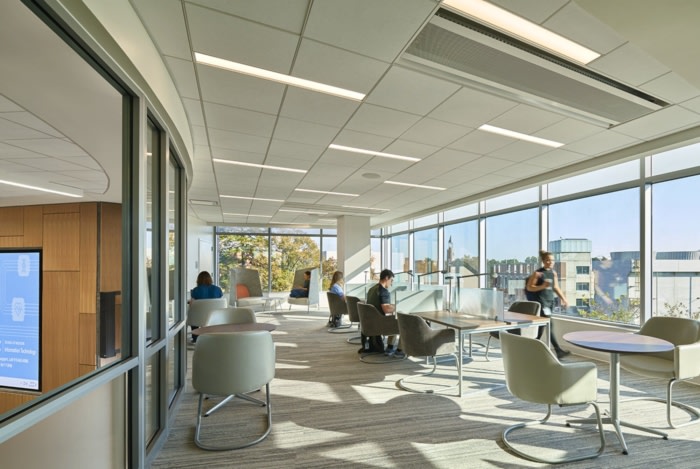
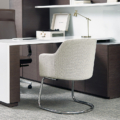
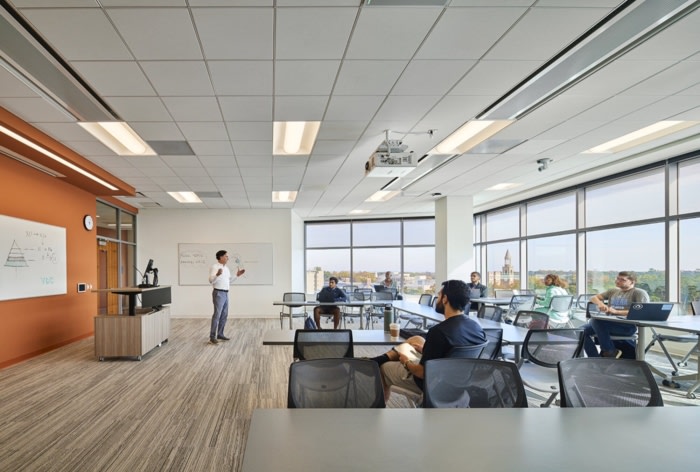



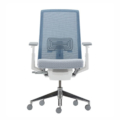



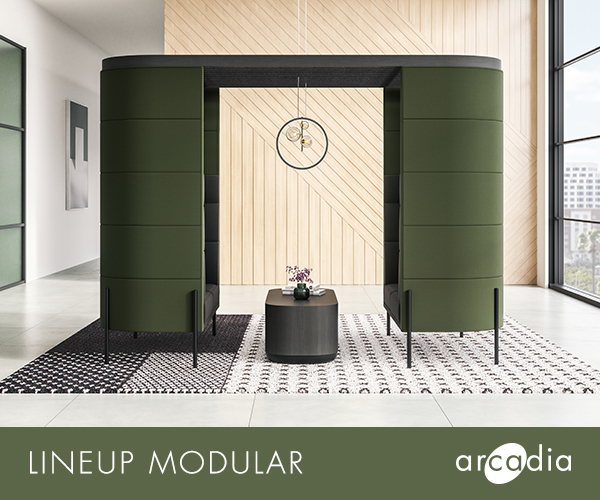
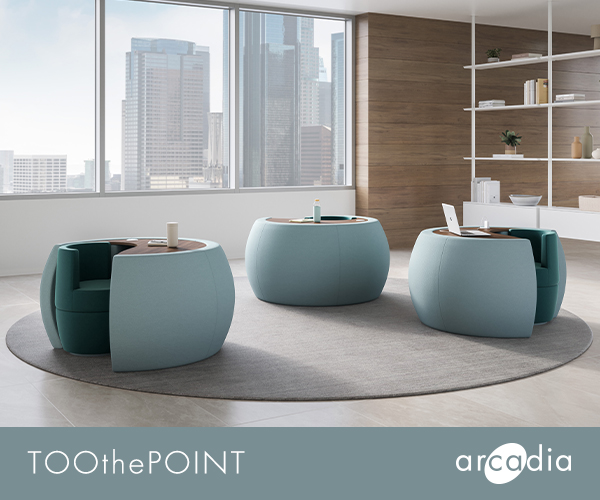




Now editing content for LinkedIn.